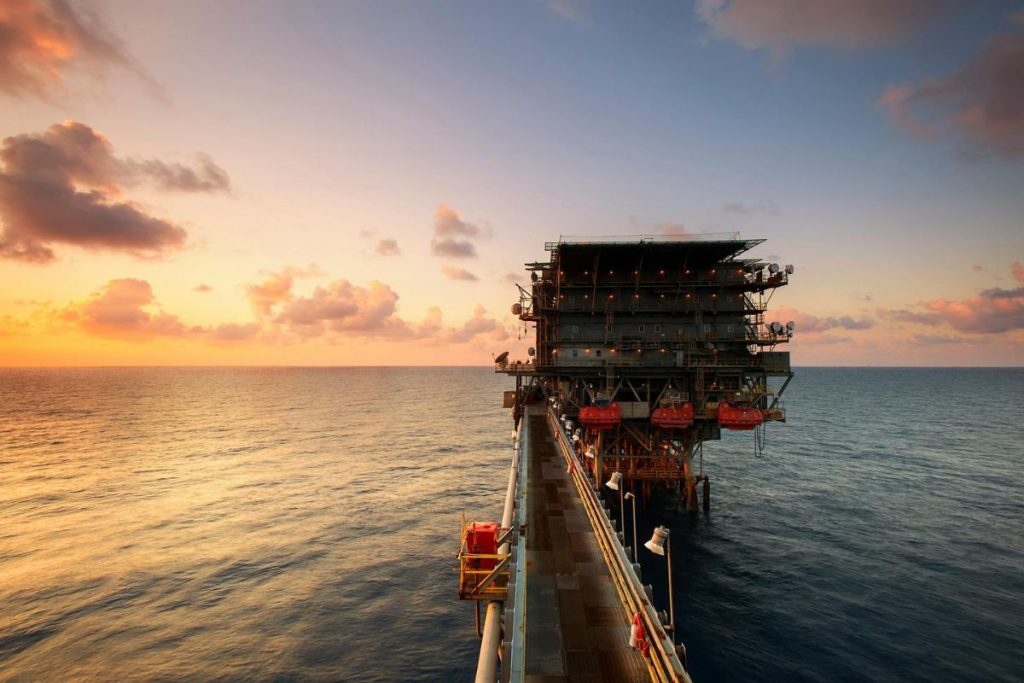The materials used in marine engineering have come on leaps and bounds in recent decades. Long gone are the days when the choice was simply between a part made from metal or one manufactured using an elastomeric (plastic) material.
Today, marine engineering manufacturers often eschew these traditional materials in favour of some kind of innovative composite like carbon fibre or Aramid fibre.
When combined with a resinous setting and a clever structural design, these composites can not only rival traditional materials but outperform them in many cases, especially when a lightweight, non-corrosive part is required for something like a stern tube bearing.
Below, we take a closer look at some of the recent developments in material science reshaping the field of marine engineering.
Composites

When you think of the parts used in marine environments, you naturally tend to think of ones made from some heavy-duty metal like stainless steel or a Babbitt alloy.
But the field of materials science has recently been reconceived, with a fundamental shift to more innovative and lightweight materials very much in vogue.
As such, today, parts like stern tubes and propeller bearings are often fashioned not from metal but from a composite material consisting of woven fibres, bonded together by a resin that affords them rigidity and structure.
Add in a dose of friction modification in the form of a solid lubricant like molybdenum disulfide (MoS₂), and you have a heavy-duty part that can bear substantial loads but is also super lightweight and corrosion and rust-resistant.
Corrosion Resistance
Being submerged in seawater all their working lives means that marine engineering materials need to be inured to the ravages of saltwater.
However, even premium stainless steel will eventually succumb to some type of corrosion, as the salt in the water oxidises the metal’s iron content, especially in vulnerable areas like crevices and weld joins.
Composite materials, containing zero iron, have reshaped the industry here, as they simply don’t corrode or rust, no matter how salty or sediment-rich the waters in which they are required to operate.
And no rust means less maintenance time and fewer stoppages for repairs.
Friction Modification


Finding ways to reduce the coefficient of friction of moving parts has occupied the best minds in materials science for decades.
After all, friction is the biggest impediment to the optimal functioning of a mechanical system, as it leads to thermal expansion and deformation, undermining the integrity of a component.
That explains why scientists have spent so much time and effort rethinking both the physical design and chemical makeup of parts used in marine industries.
The result has been a sea-change in the way parts are designed and the chemicals that go into their composition.
As far as the physical design features are concerned, the most important developments here include:
- Micro-grooves, dimples, and channels: These micro-level conduits are used to trap the water or oil used as lubricant that forms a hydrodynamic lubricating layer, helping combat surface-to-surface friction.
- Layered composite design: Composites are often designed with a soft sliding layer on top of a strong backing, which gives both dimensional stability and frictionlessness to a component.
- Fibre orientation: In composite materials, the fibres that go to make them up can be cleverly arranged so that they are oriented in the direction of load paths, which reduces localised wear, minimises friction and affords extra load-bearing strength.
At the same time, the chemical composition of the materials has also developed rapidly.
That means that PTFE (Teflon), graphite, molybdenum disulfide (MoS₂), or hexagonal boron nitride (h-BN) are nowadays regularly applied directly onto the composite.
This provides them with an extra layer of lubrication, one that acts in concert with the main lube system provided by oil or the ambient seawater.
Conclusion
Marine engineering materials have undergone rapid development in recent decades, driven largely by the introduction of composite materials to the mix.
The shift to more environmentally friendly sailing and more fuel-efficient marine vehicles will no doubt mean more widespread adoption of these materials, as they come to rival metal across a host of settings in marine contexts.
Images courtesy of unsplash.com and pexels.com











